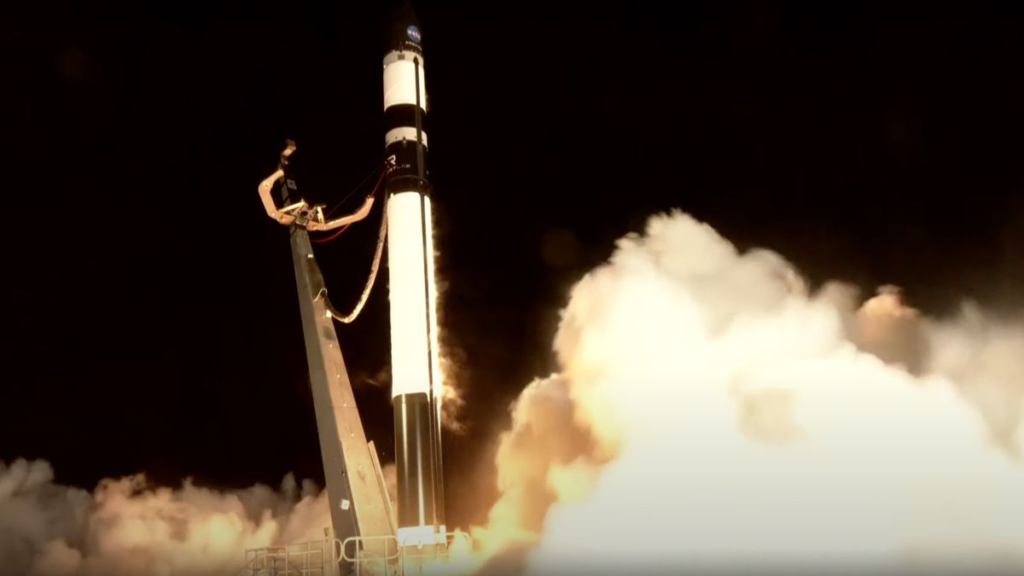PREFIRE satellites reveal glow—and it’s not science fiction. In August 2025, NASA confirmed that its twin CubeSats, part of the PREFIRE mission, have detected a previously unnoticed hidden glow: far-infrared heat escaping from Earth into space. Through simple, easy-to-follow explanation, we explore what this glow is, why it matters, and how it can help us understand and forecast our planet’s changing climate.
What Are the PREFIRE Satellites?
PREFIRE stands for Polar Radiant Energy in the Far-InfraRed Experiment. This mission comprises two shoebox-sized CubeSats launched in May and June 2024 JPL NASAPR Newswire. The Earth-orbiting satellites are equipped with highly advanced far-infrared spectrometers—10 times more sensitive to long wavelengths than any previous instrument ScienceDailyNASA. They travel in asynchronous near-polar orbits, giving researchers timely snapshots of the same location under varying conditions ScienceDailyNASA.
Unveiling the “Secret Glow”
What’s this secret glow all about? PREFIRE has been capturing far-infrared radiation emitted from Earth’s surface—particularly from icy regions like the Arctic and Antarctic ScienceDailyNASA. This radiation has never been measured systematically until now. Findings show that the amount of heat escaping into space can vary by up to 5% depending on the type of ice—differences that are invisible at shorter wavelengths ScienceDailyNASA.

3. Why Does the Glow Matter?
This hidden glow isn’t just beautiful—it’s vital. Measuring far-infrared emissions helps us better understand Earth’s energy balance and the role of polar ice and clouds in releasing heat to space JPL NASANASA. Since the poles act like a thermostat, regulating climate by venting excess heat received in the tropics, understanding this glow brings us one step closer to accurate climate and weather models essp.nasa.gov.
PREFIRE’s Extended Vision
Initially, PREFIRE focused on heat emission at the poles. But in August 2025, NASA expanded the mission through September 2026, enabling global coverage—not just the poles ScienceDailyNASAJPL NASA. The goal: to study how water vapor, clouds, and ice interact worldwide to trap or release heat into space. These new insights will enrich weather forecasting and climate projections ScienceDailyNASA
How the Glow Helps Forecasts and Climate Models
Researchers say PREFIRE’s data can transform our climate tools. With detailed readings on how clouds and water vapor trap or release far-infrared heat, weather models can now better predict storm formation, precipitation, and moisture circulation ScienceDailyNASA. Understanding the energy exchange also helps improve models around Arctic warming and ice-sheet melt dynamics JPL NASA.
Public Access to PREFIRE Data
Transparency is key. NASA publicly released PREFIRE data in stages:
- Level 0 (raw telemetry): accessible since October 2024 NASA Earthdata
- Level 1 (calibrated radiance): released February 2025 NASA Earthdata
- Level 2 & Level 3 (science products and climatologies): made available August 2025 NASA Earthdata
These datasets include cloud masks, spectral flux, surface emissivity, and monthly gridded climatologies—growing the mission’s value for researchers worldwide.
A Mission Built on Collaboration
Behind the scenes, PREFIRE is a joint effort led by NASA’s Jet Propulsion Laboratory, with support from the University of Wisconsin–Madison, Blue Canyon Technologies, and Rocket Lab USA ScienceDailyPR NewswireJPL NASA. JPL provided instrumentation and managed the mission, while UW-Madison processes the data. Rocket Lab launched both satellites from New Zealand ScienceDailyPR NewswireJPL NASA.
What Has the Science Community Said?
Reddit users have captured the excitement:
“The PREFIRE CubeSats will provide new information on how Earth’s atmosphere and ice influence the amount of heat being radiated out to space from the Arctic and Antarctic.”
— u/… Reddit
“This mission will focus on the far‑infrared portion of the heat Earth emits into space.”
— u/… Reddit
It’s clear: PREFIRE is filling a critical gap in climate science with low-cost, high-impact innovation.
Quick Summary: PREFIRE’s Glow at a Glance
| Feature | Details |
|---|---|
| Mission name | PREFIRE (Polar Radiant Energy in the Far‑InfraRed Experiment) |
| Primary goal | Measure far-infrared heat escaping Earth into space as a “secret glow” |
| Satellite type | Twin CubeSats, launched May–June 2024 |
| Key findings | Far-infrared heat varies by ice type by up to 5% |
| Mission extension | Extended through Sept 2026 for global data gathering |
| Data release | Levels 0–3 now public (raw to climatologies) |
| Applications | Improves climate models, weather forecasting, Arctic warming projections |
| Collaborators | NASA JPL, UW-Madison, Blue Canyon, Rocket Lab |
Conclusion
When we say PREFIRE satellites reveal glow, we mean real science illuminating hidden corners of Earth’s climate system. By capturing far-infrared radiation, PREFIRE opens new doors for weather and climate prediction and helps us understand how our planet cools itself through the high latitudes. As the mission expands and data becomes richer, insights from this secret glow will better guide our response to climate change.
If you’d like, I can add visuals, expert quotes, or comparisons to other satellite missions. Just let me know!






